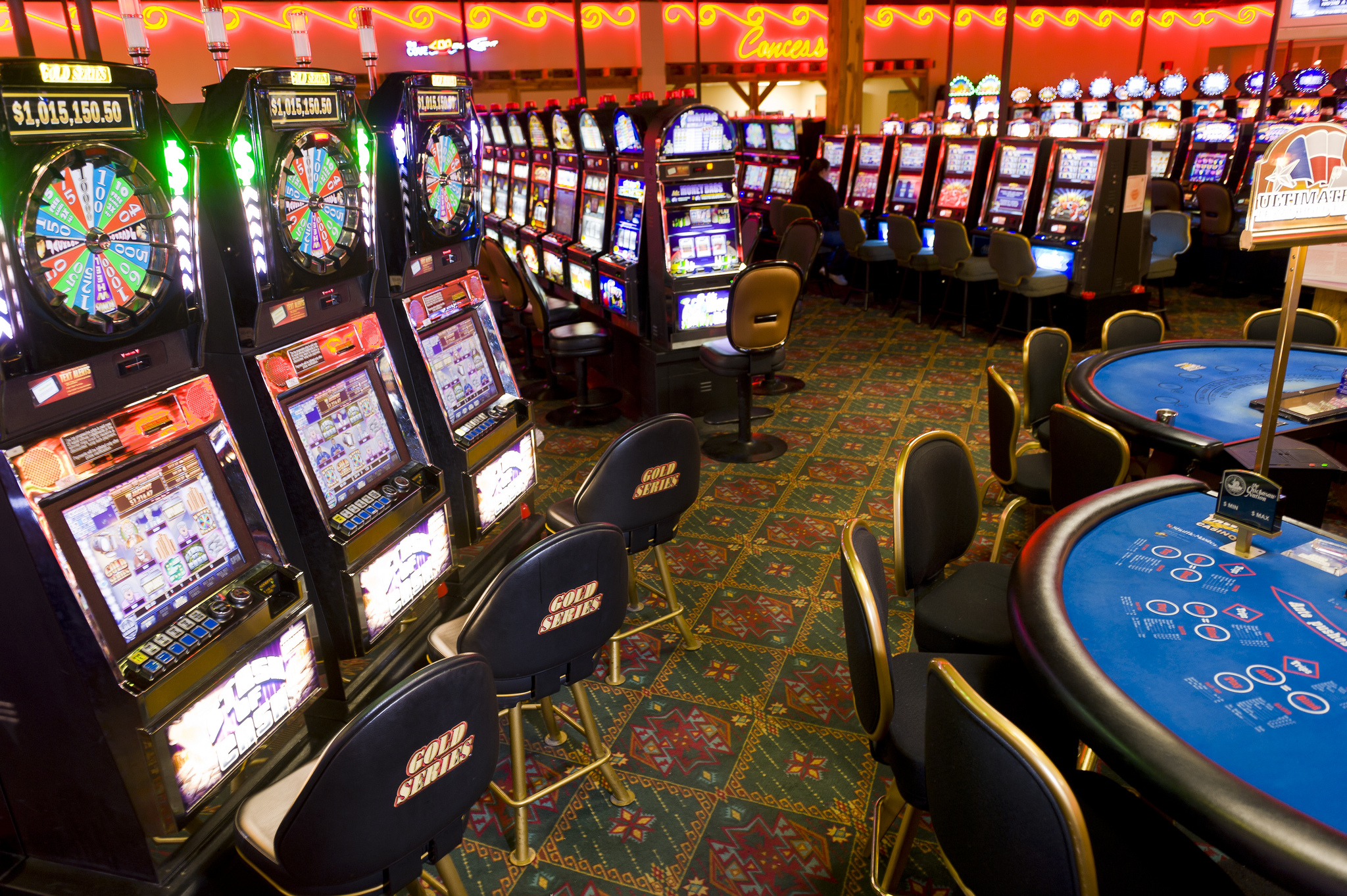
Casino games have long captivated people’s attention, drawing gamblers into a realm filled with chance, tactics, and the allure of adventure. Each activity is carefully crafted not just for entertainment, but also to evoke specific emotional responses that keep participants immersed and committed. Understanding the reasons behind these designs reveals much about how human psychology plays a key role in the gaming experience. f168 nhà cái
From the bright lights and dynamic sounds to the intricate layering of systems and payoffs, casino games are designed to create an atmosphere of excitement and expectation. Game designers leverage mental cues to influence participant behavior, whether through the use of winning opportunities, almost wins, or social interactivity. By examining these factors, we can better appreciate how casino games fulfill not just a want for entertainment, but deeper psychological needs for excitement and risk.
Understanding Gamer Behavior
Casino games are crafted with a profound understanding of gamer psychology, which is essential for drawing in and keeping players. The excitement of the game, coupled with the expectation of winning, produces a powerful draw. Game designers employ elements like sound effects, dynamic graphics, and engaging gameplay to capture attention and generate emotional responses. These sensory experiences enhance the total environment, making players feel more involved in the game.
Another significant aspect of player behavior is the idea of risk and reward. Casino games often manage high-stakes situations with the potential for substantial rewards, which can cause the event known as near-miss phenomenon. When players come near to winning, the brain produces dopamine, reinforcing their behavior and encouraging them to persist playing in search of that elusive win. This cycle of anticipation and letdown plays a crucial role in how games are designed and promoted.
Lastly, social elements also play a critical role in player behavior at casinos. Many games are designed to be played in teams or with other players, nurturing a sense of belonging and shared experience. The community engagement inherent in games like blackjack enhances enjoyment and can lead to extended gameplay. Designers take advantage on this by creating environments that invite players to remain, interact, and return, making the overall casino experience more attractive.
The Role of Imagery and Audio
Visuals and audio play a significant role in enhancing the player’s experience within gambling games. Designers utilize bold colors, eye-catching graphics, and captivating animations to attract players’ attention and maintain their interest. The use of themes, such as exploration or opulence, helps create an enthralling atmosphere that transports players into another world. By connecting to the senses, these elements contribute to a heightened emotional response, prompting players to interact more deeply with the games.
Audio design is equally important in enhancing the experience of casino games. The mix of ambient music, audio effects for successful combinations, and environmental noises creates an auditory landscape that holds players enthralled. Sounds associated with wins, such as chiming bells or celebratory music, evoke feelings of excitement and reward, prompting players to keep playing. These audio cues are carefully placed to amplify the thrill of the game and create a more engaging experience.
Additionally, the alignment of imagery and audio is essential for supporting the game’s overall theme and mood. Each element should align seamlessly to create a unified experience that pulls players in. The effective use of this integration not only enhances user enjoyment but also boosts the chances of repeat play, as players become more engaged in the immersive world that the gambling games offer. This thoughtful combination of visuals and audio ultimately enhances player engagement and commitment.
Reward Structures and Engagement
The design of gambling experiences heavily relies on incentive structures to ensure participants involved and returning for more. These systems are based in psychological theories that exploit human nature and desire. Participants are often motivated by the excitement of winning, which is supported by immediate feedback through the game structure’s design. This prompt satisfaction not just improves the overall experience but also fosters a feeling of success, encouraging players to continue participating in hopes of greater gains.
Gaming establishments implement various reward structures, such as large payouts, extra rewards, and multipliers, to engage players. These elements create a level of excitement that maintains interest. Additionally, the unpredictability of results plays a significant role in sustaining interest. The intermittent reinforcement schedule, where wins are unpredictable but occur often enough, keeps participants on edge and motivated to continue participating. This loop of hope and expectation is foundational to the effectiveness of casino games.
Furthermore, community aspects, such as competitive events and collaborative options, enhance the participation factor by leveraging the competitive nature of participants. The shared experience of gaming with fellow participants can intensify the excitement of success and create a sense of community within the gaming space. By combining these community elements with efficient reward systems, gambling experiences not only offer fun but also nurture a stronger bond among players, reinforcing their commitment to the overall experience.
